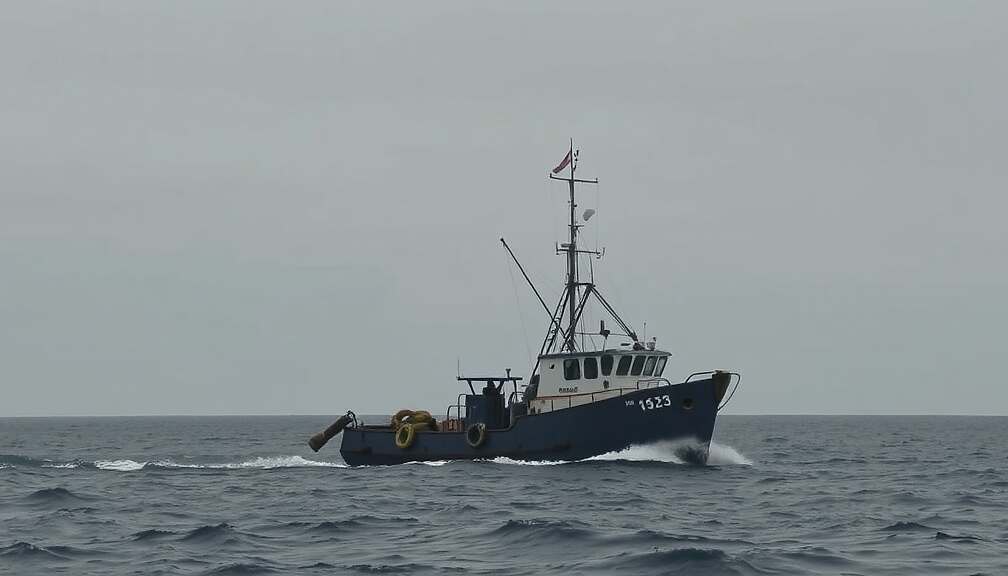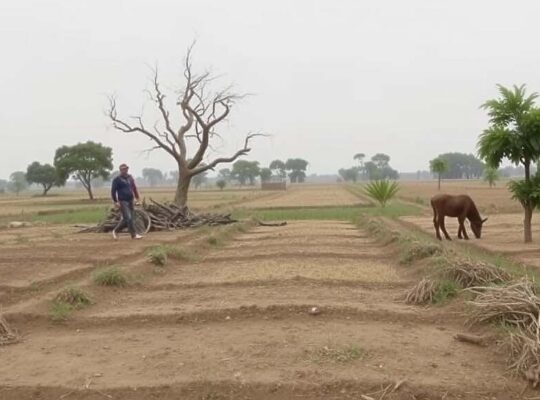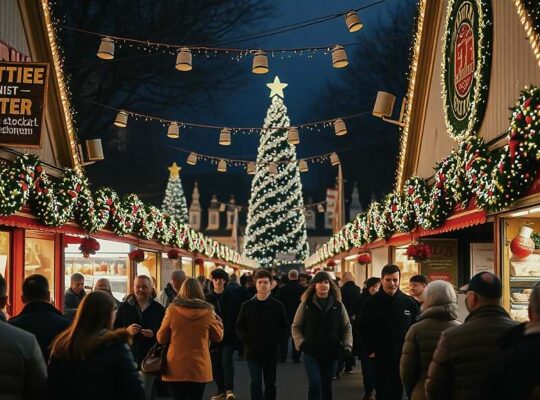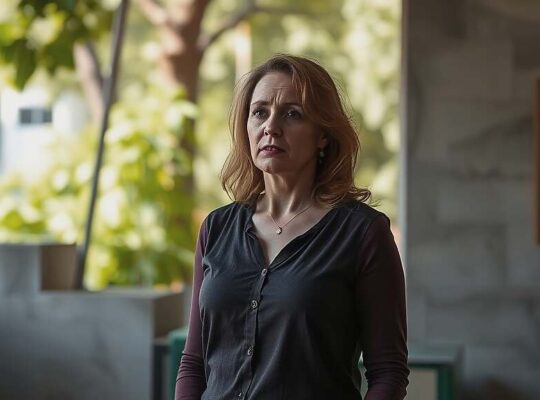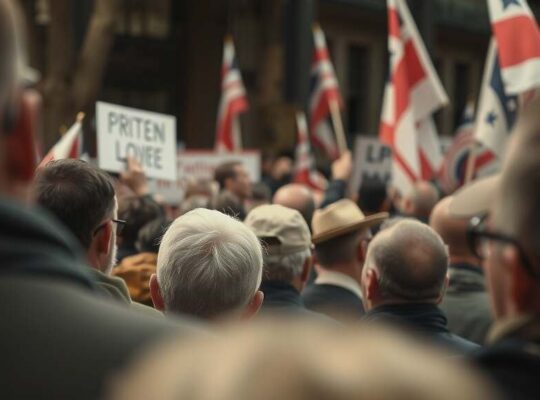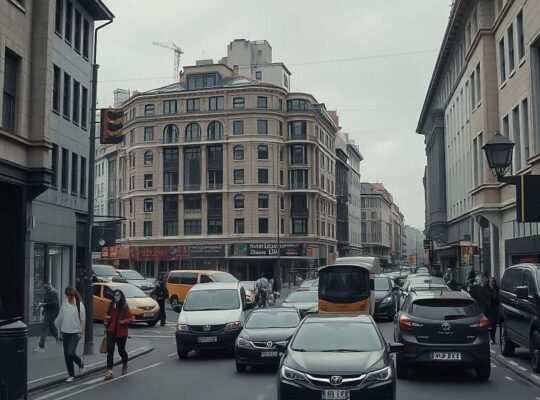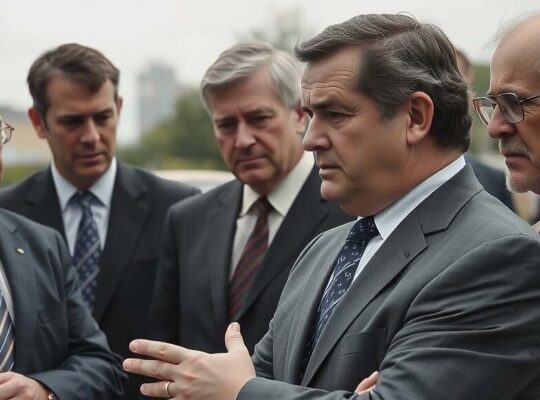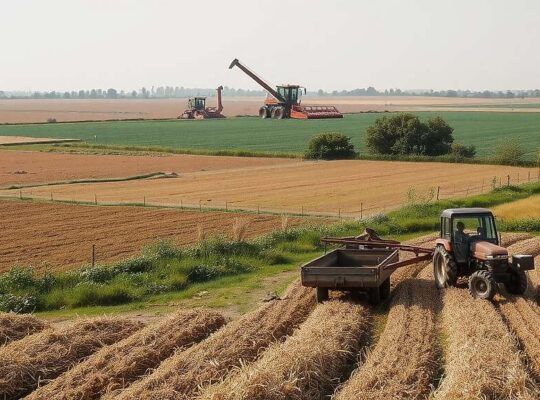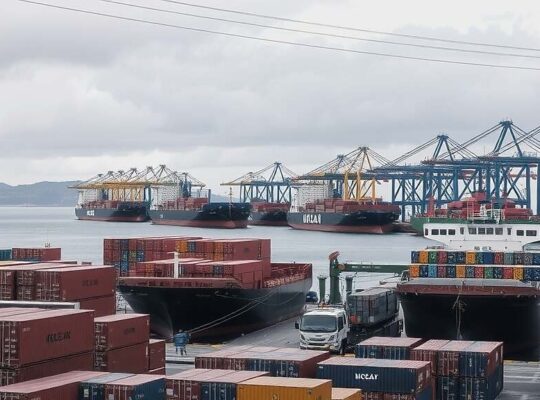The Council of the European Union’s Fisheries Ministers convened in Luxembourg this week to finalize fishing quotas for Baltic Sea stocks slated for 2026. The complex agreement, encompassing species like herring, sprat, cod, salmon and plaice, aims to balance ecological sustainability with the economic survival of fishing communities, yet faces immediate criticism regarding its effectiveness and potential for unintended consequences.
A significant increase of 45% has been allocated for sprat quotas, while central Baltic Sea herring quotas are slated to rise by 15%. Conversely, the Riga Bay will see a reduction of 17% in allowable total catches compared to 2025. Western Baltic herring quotas remain unchanged, a point of contention given ongoing concerns about stock health, while Baltic Sea herring quotas have been slashed by a substantial 40%.
Salmon quotas display a fragmented approach. The Finnmark region will experience a marginal 1% increase in allowable catches, while the main Baltic Sea basin sees a 27% reduction, a disparity highlighting differing regional priorities and potentially exacerbating existing tensions between fishing interests. Significantly, cod quotas have been strictly limited to bycatch only, signaling a continued commitment to allowing stocks to recover – a move some marine biologists believe is inadequate. Plaice quotas have been reduced by 3%.
Speaking on the agreement, Danish Fisheries Minister Jacob Jensen touted a commitment to a “shared future” asserting a balance between sustainable fisheries, ecosystem protection and the long-term viability of fishing communities. However, environmental advocacy groups have already voiced concerns that the increases for sprat and central Baltic herring quotas may undermine broader recovery efforts, potentially destabilizing the delicate Baltic Sea ecosystem.
The German Ministry for Food and Agriculture expressed satisfaction with the decisions, highlighting the continued ban on targeted fishing for cod and herring in the western Baltic Sea, a measure designed to facilitate stock rebuilding. Cautious optimism was also voiced regarding the western Baltic herring, where signs of stock recovery persist. Germany’s successful lobbying efforts ensured that a limited coastal fishery could continue to target western Baltic herring utilizing passive fishing gear, such as gillnets and pots, a concession welcomed by local fishing industries but decried by some conservationists.
German Agriculture Minister Alois Rainer emphasized the cultural significance of coastal fisheries, calling them “a unique cultural heritage and a piece of our home”. He argued the quotas build upon long-term efforts to restore fish stocks and enable key fisheries to persist. However, critics question the fundamental approach, arguing that relying on piecemeal quota adjustments fails to address the underlying drivers of overfishing – industrial-scale fishing practices and the pressures of a globalized seafood market. The long-term sustainability of the Baltic Sea ecosystem and the livelihood of its fishing communities remains uncertain.


